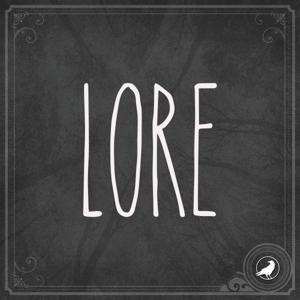
Sign up to save your podcasts
Or



By Shondaland Audio and iHeartPodcasts





4.4
12551,255 ratings



The podcast currently has 283 episodes available.










The podcast currently has 283 episodes available.

23,796 Listeners

44,967 Listeners

8,024 Listeners

1,793 Listeners

10,368 Listeners

1,867 Listeners

4,563 Listeners

414 Listeners

8,396 Listeners

7,760 Listeners

13,602 Listeners

1,112 Listeners

2,260 Listeners

210 Listeners

1,235 Listeners

735 Listeners

539 Listeners

54 Listeners

1,339 Listeners

163 Listeners

108 Listeners

929 Listeners

562 Listeners

101 Listeners

266 Listeners